Claude Cahun
Claude Cahun experimented with stereotypes and gender fluidity, so in my photoshoots, I decided to experiment with different male and female stereotypes, while also going against them, by getting a female to look more masculine and present a male stereotype (vise versa), just like Cahun did.
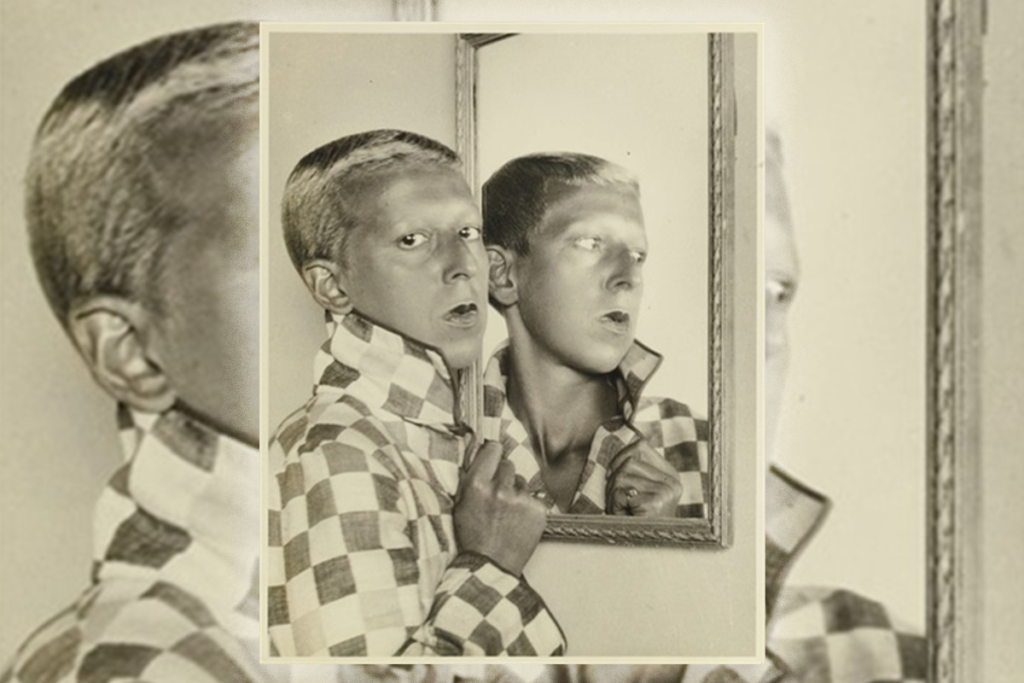
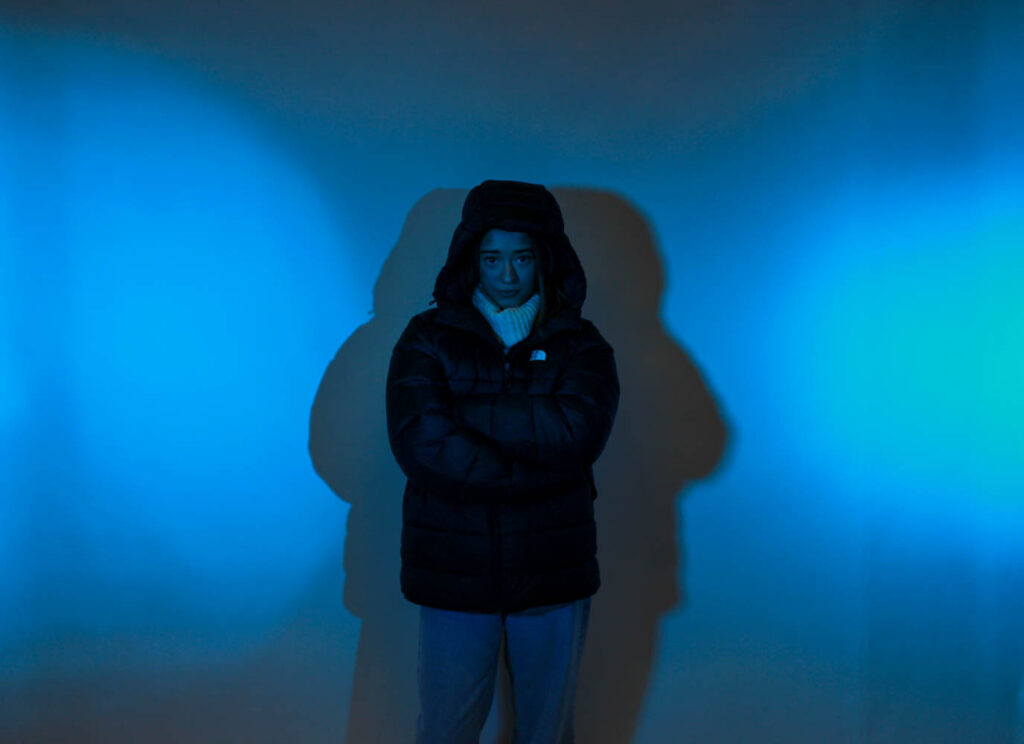
In this photo of Cahun she is a female, but she made herself look more masculine, by having her hair short and standing in a more masculine way. In my photo, I also made a female model look more masculine by having her wear a male coat with the hood up, so her long hair could not be seen. I also told her to stand more masculine and look tough. However, I also used coloured lighting to make her look more masculine, because the colour blue is stereotypically associated with males, even though Cahun didn’t.
I then attempted to create more photographs of my female models looking more masculine.
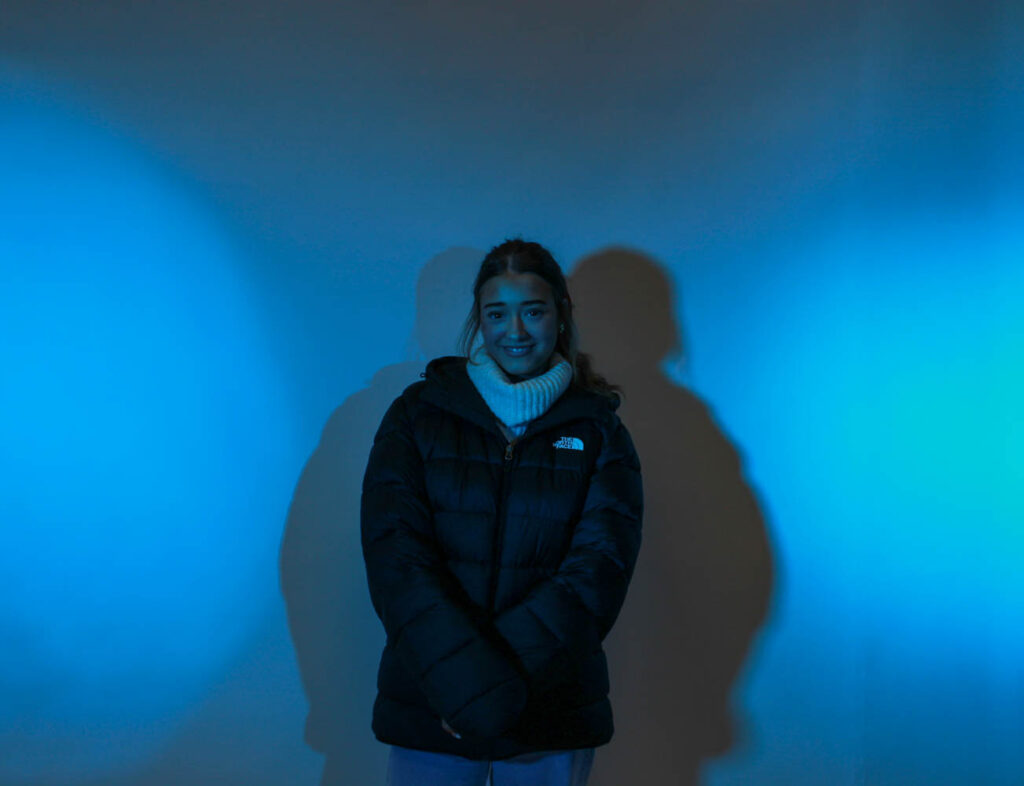
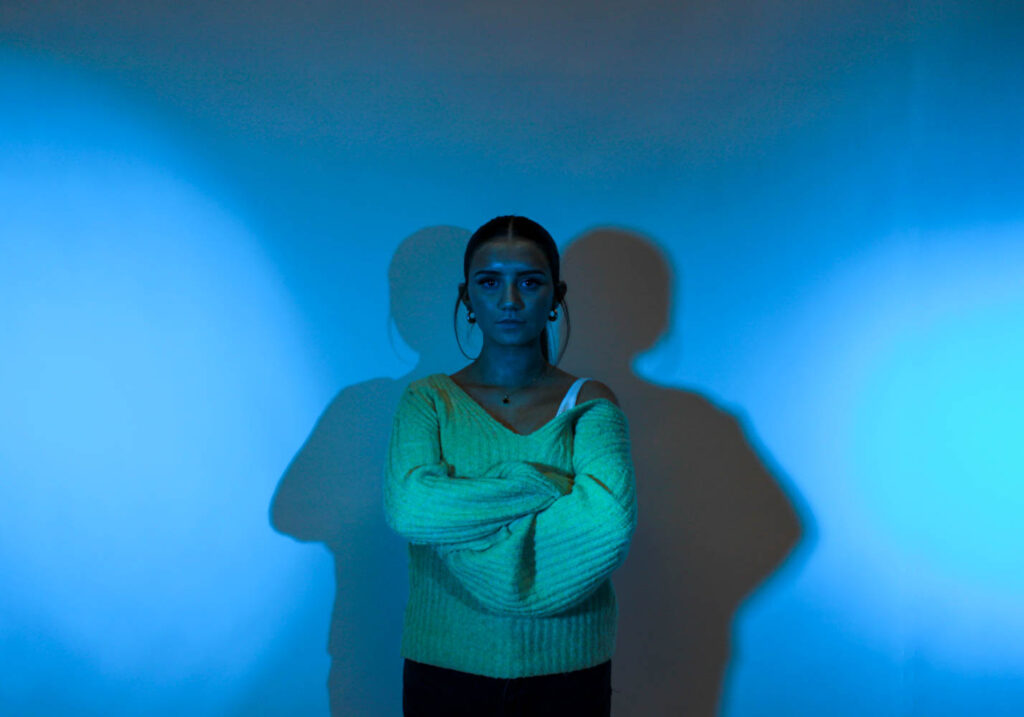


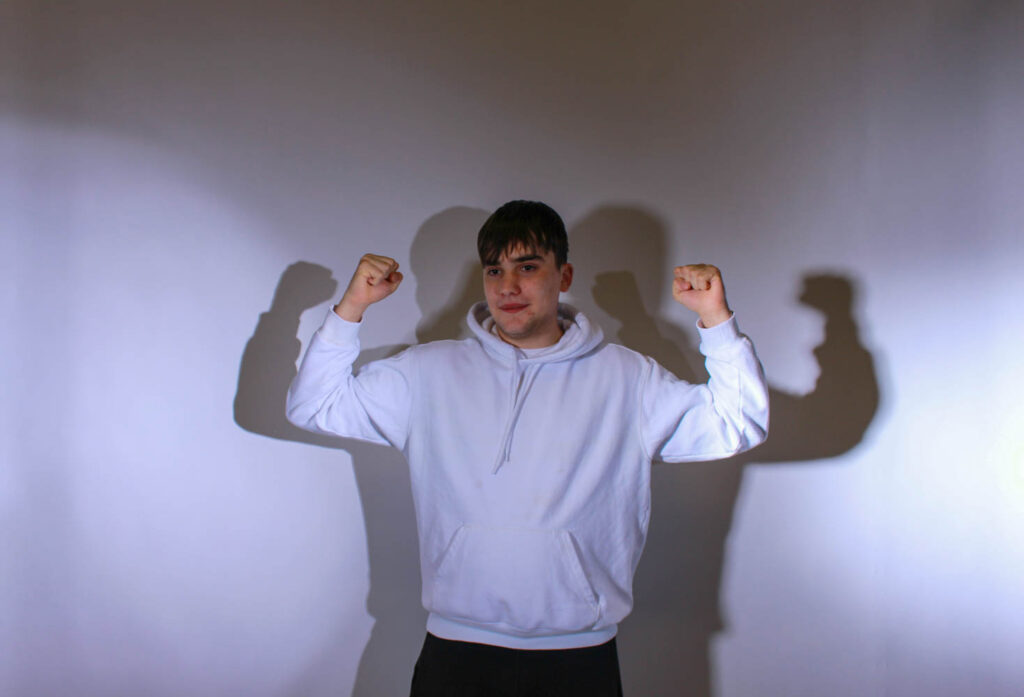
Cahun, a female, made herself look more masculine here by using a prop weight. This makes her look more masculine, because males are stereotypically seen as stronger. In my image on the right I didn’t go against the stereotype like Cahun did, because I used a male to represent the male stereotype that males are strong and tough. I did this, because I wanted to show that both men and women can be tough, when I placed them side by side.
However, Cahun did not have any male models represent female models to go against stereotypes, because she took images of herself (a female), so I decided to try and have a male model represent a female stereotype. I used lighting and my models facial expression to have him represent a female stereotype, which is that pink represents females. However, in this photo I also had the model going against a male stereotype, which is that men are aggressive. I used the pink/red lighting to help me do this, and his happy facial expression.

Cahun also experimented with gender fluidity a lot, so I decided to experiment with that aswell. I used blue and pink lighting to represent this in the studio, because the colours both represent either masculinity or femininity, so when I put them together they represent both.
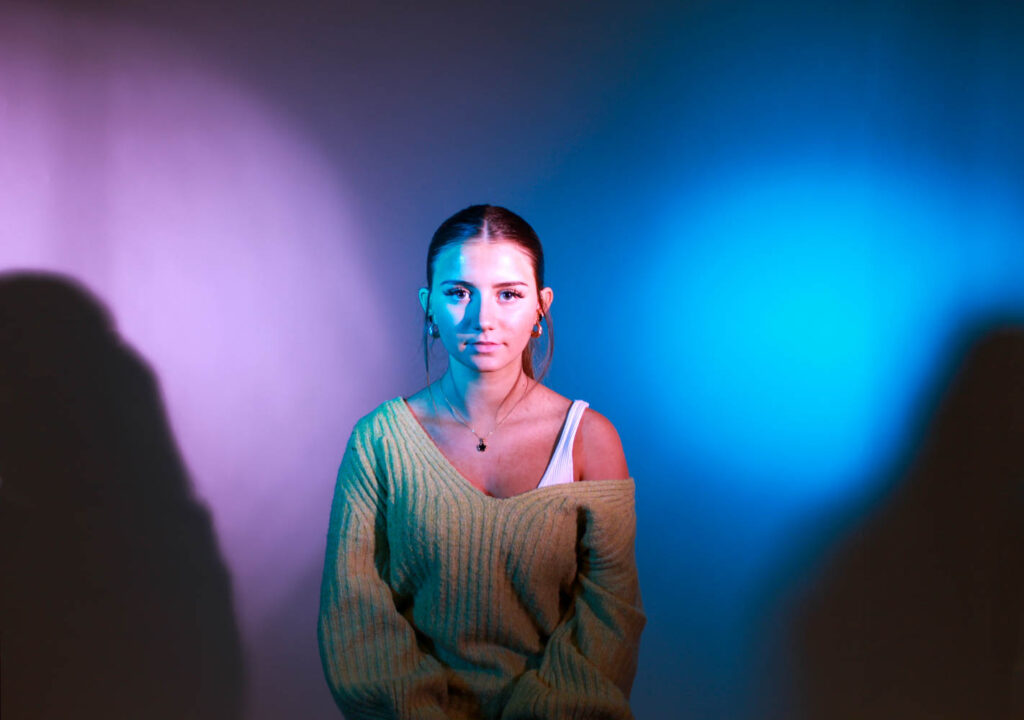
Cindy Sherman
Cindy Sherman also experimented with different stereotypes, but she also dressed up as these different characters, so in my photoshoots I didn’t just experiment with stereotypes, I also dressed my models up in different outfits, so that I could recreate Cindy Sherman’s technique, but in a different way. She dressed up as different feminine stereotypes, but because I had already taken lots of stereotypical photos, I wanted to show how femininity changes and alters through time, by dressing models up in different decade themes outfits.
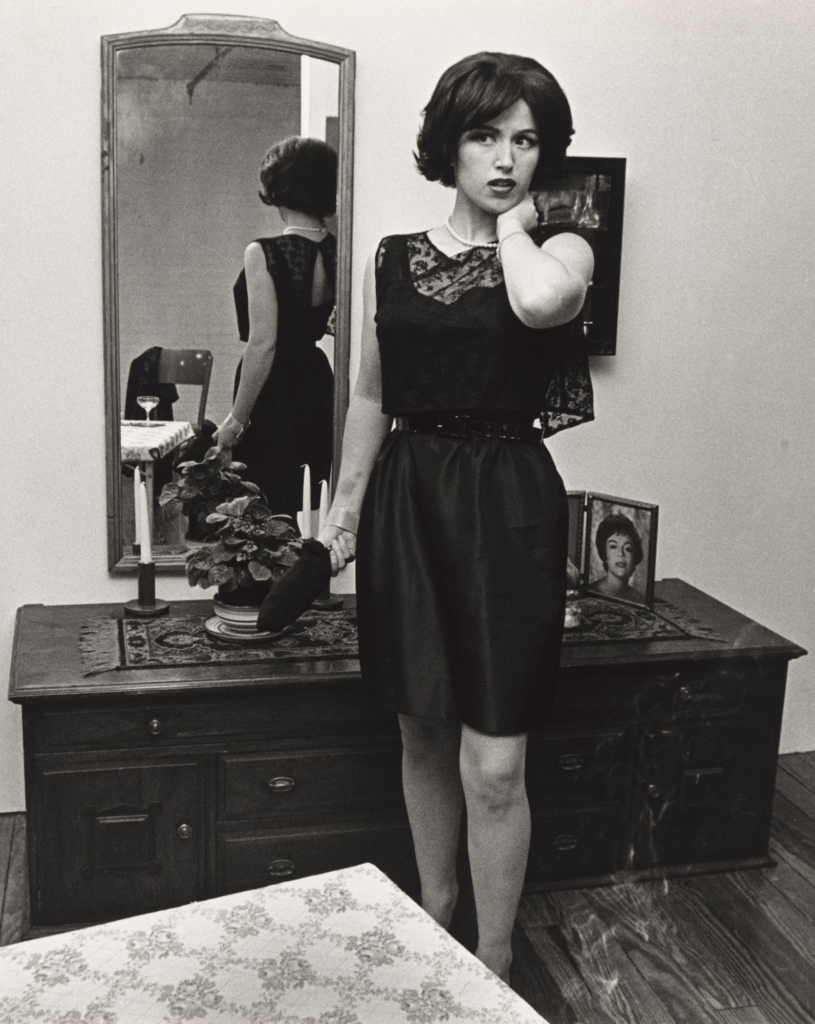
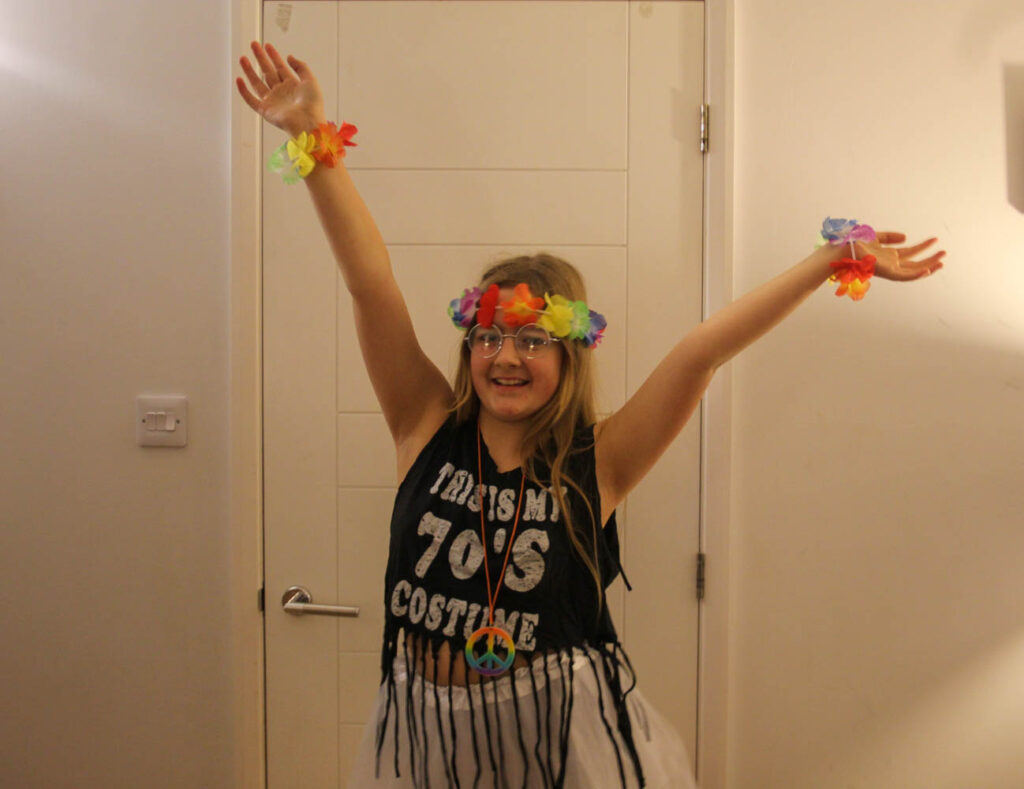
I chose to use the same technique as Cindy Sherman for this photoshoot, because I also decided to dress up my models as different characters, just as Sherman did. However, she did it to represent different female stereotypes, but I did it to show how femininity changed through time. I did this, because I already had lots of stereotype based photographs.
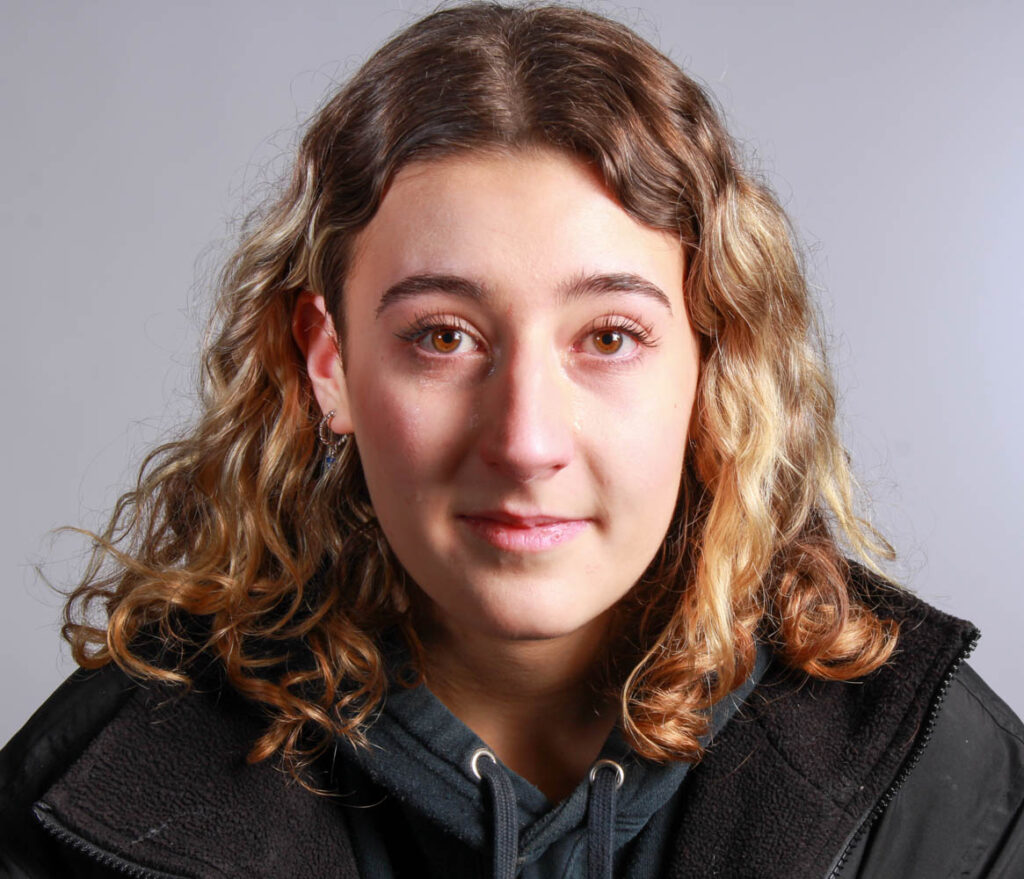
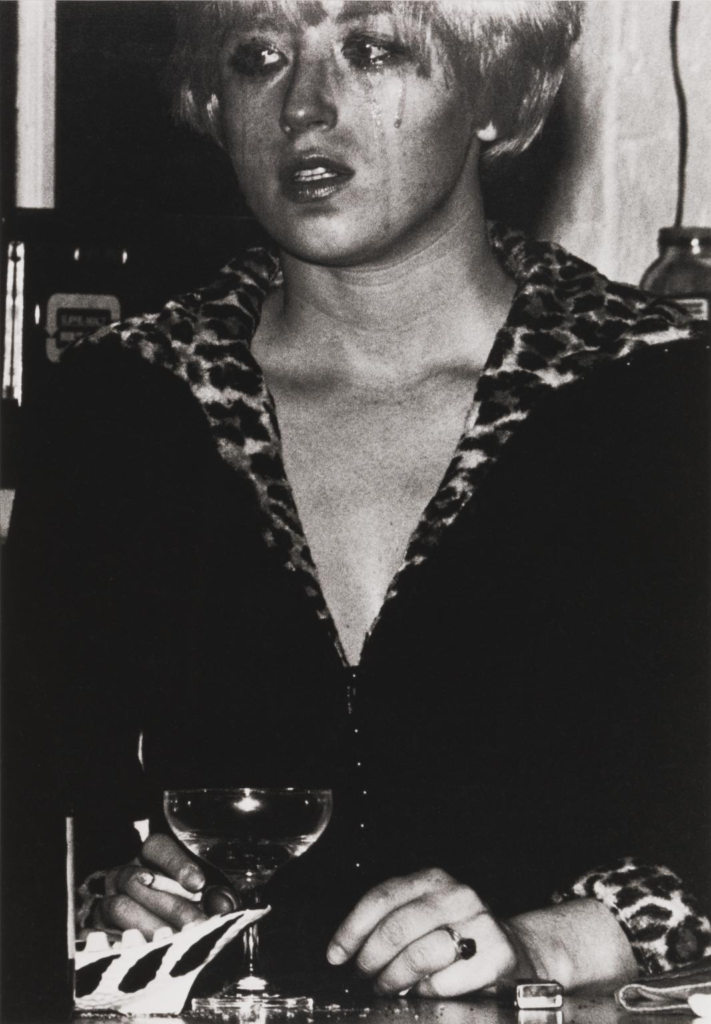
However, I did also explore some of the same stereotypes that Cindy Sherman did, like women are too emotional. I decided to recreate the same image of a female crying to show this. I also then made a black and white copy of this photo, because black and white can represent feelings of sadness. Cindy Sherman also created a black and white image.
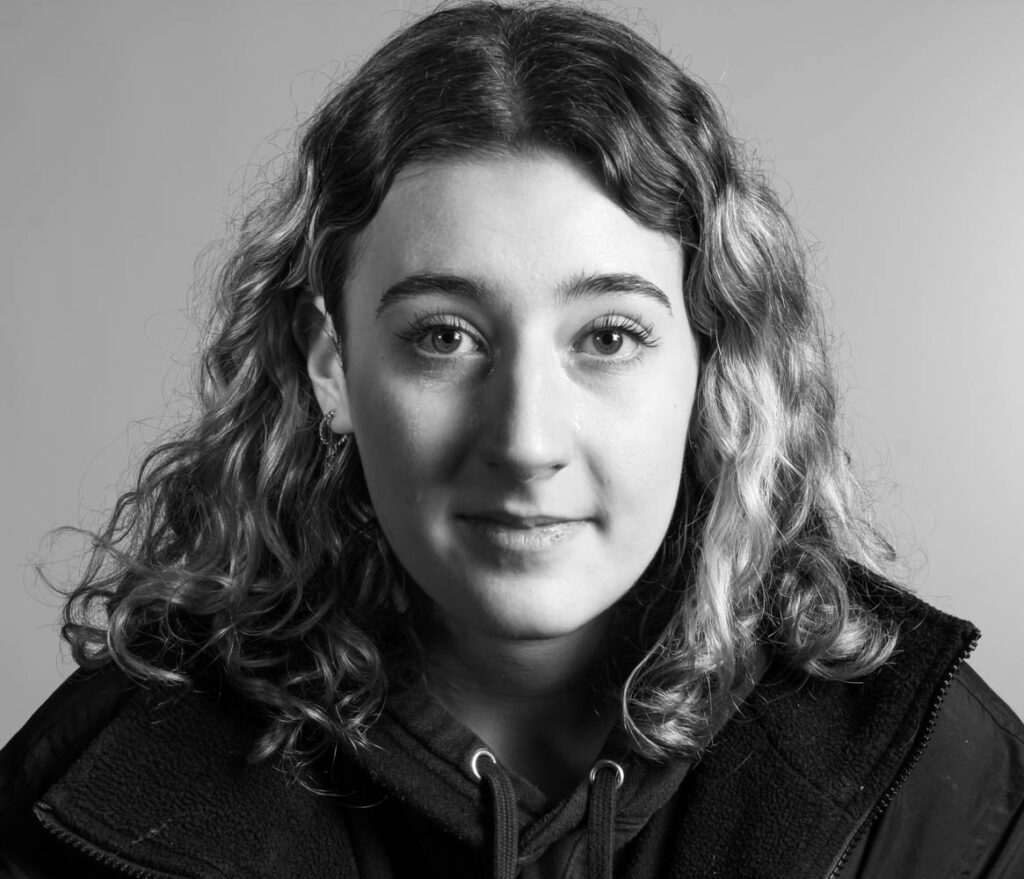
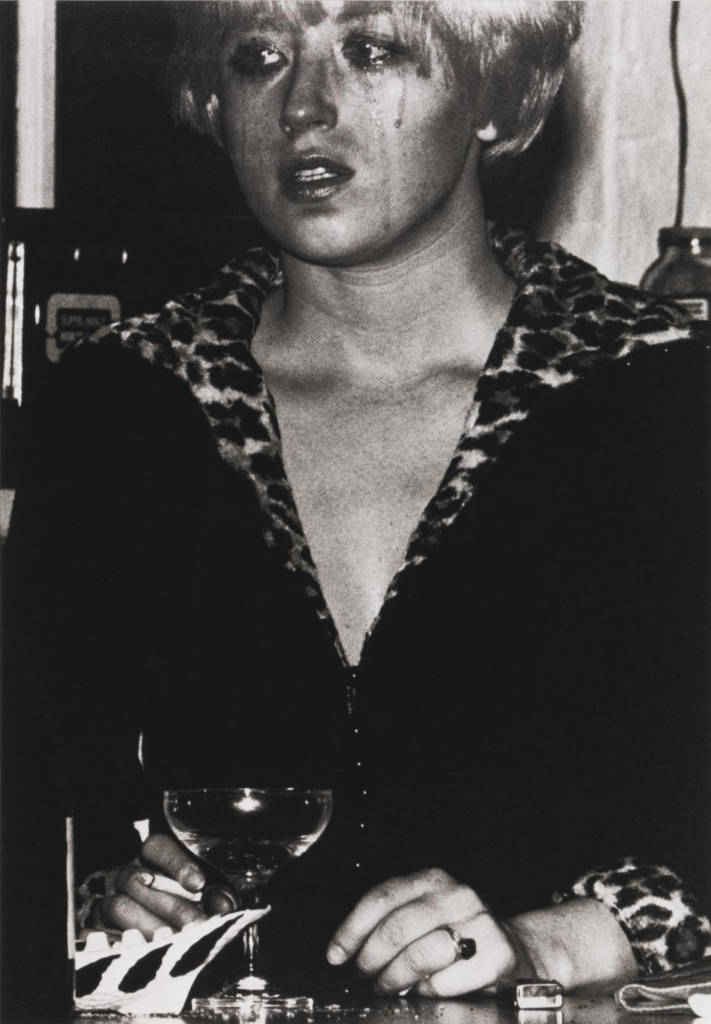
I then also decided to present this stereotype in a different way. I had my model look into the mirror and act upset/ emotional.
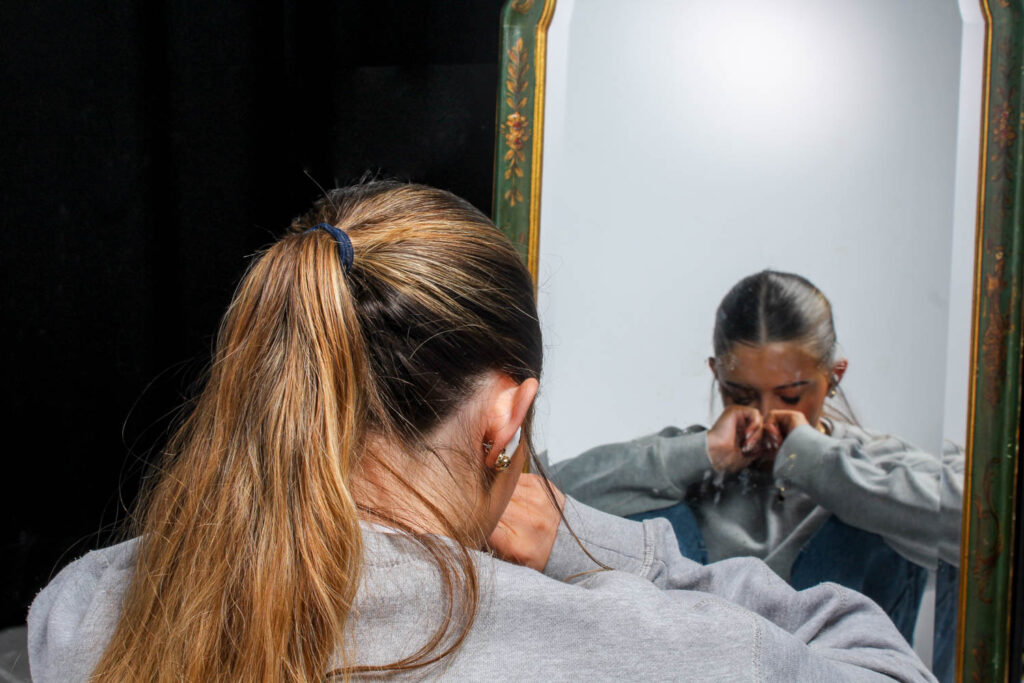
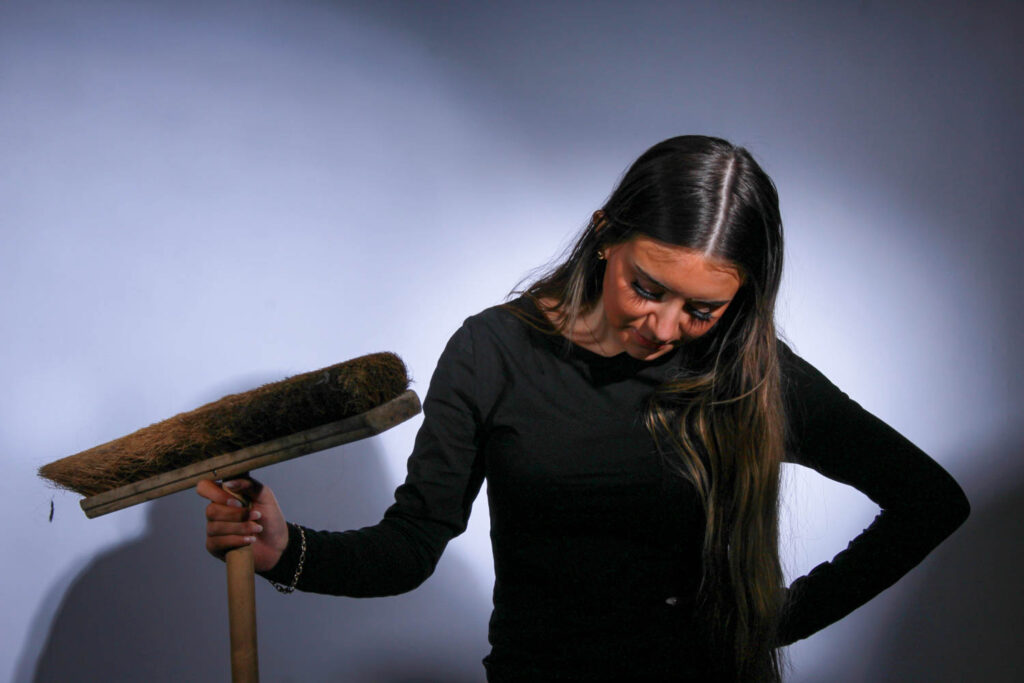
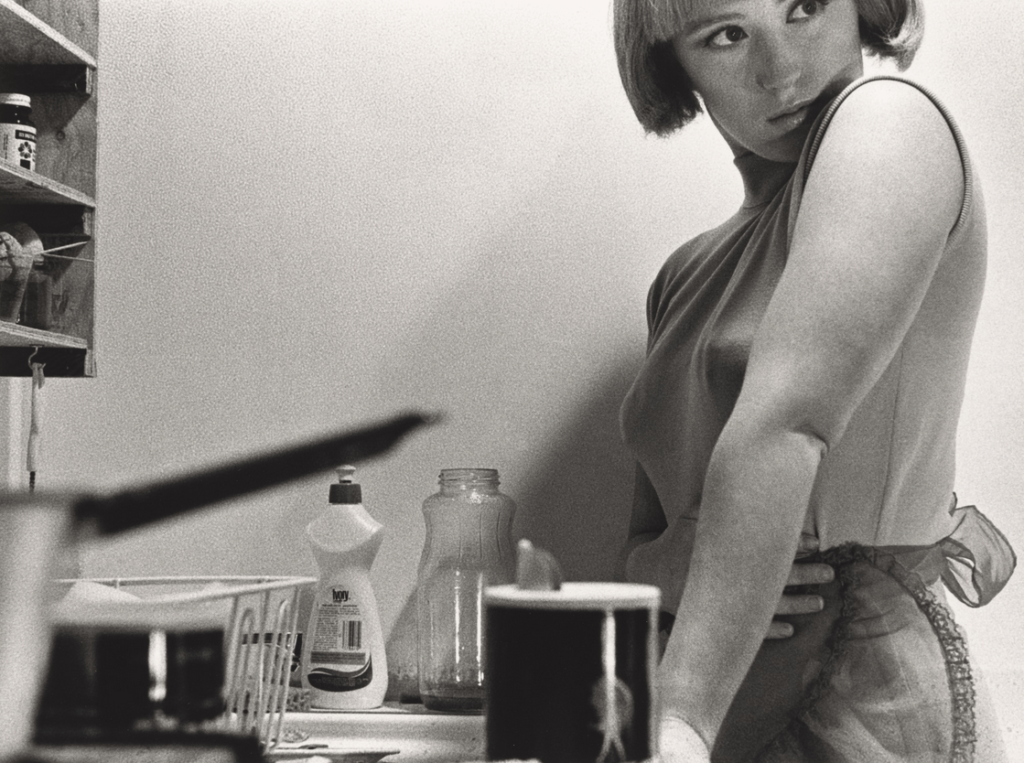
Then, I experimented with another stereotype that Cindy Sherman experimented with, which was that women should be housewives. However, I experimented with this in a different way. I used a broom as a prop to show that women should clean the house, but Sherman used items that are found in the kitchen as props, as she was presenting the stereotype that women should cook. These are both stereotypical jobs of a housewife.
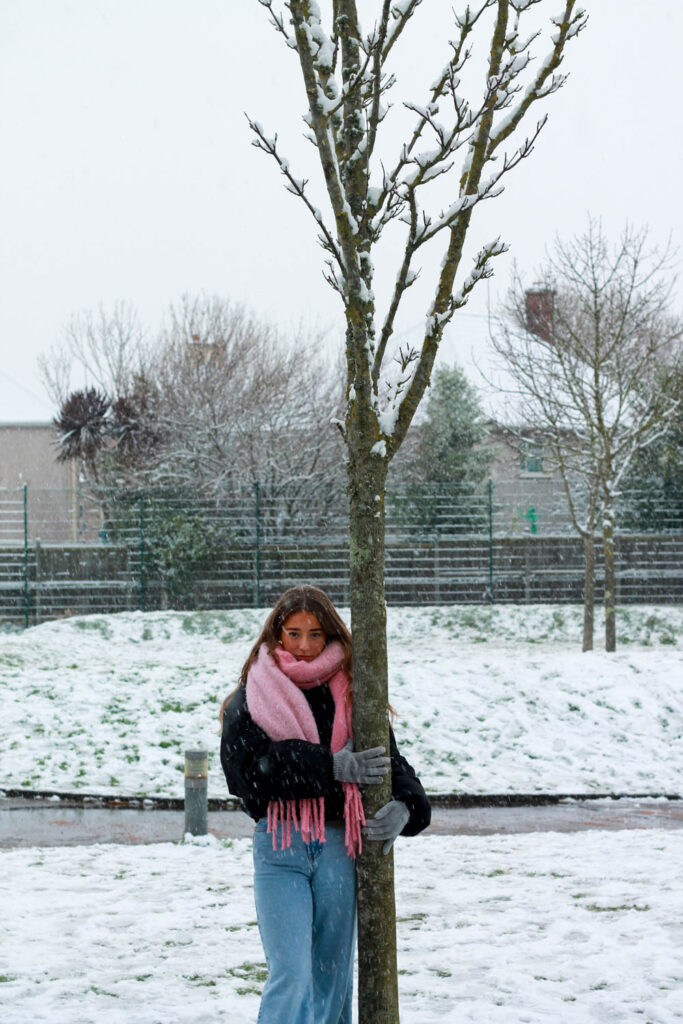
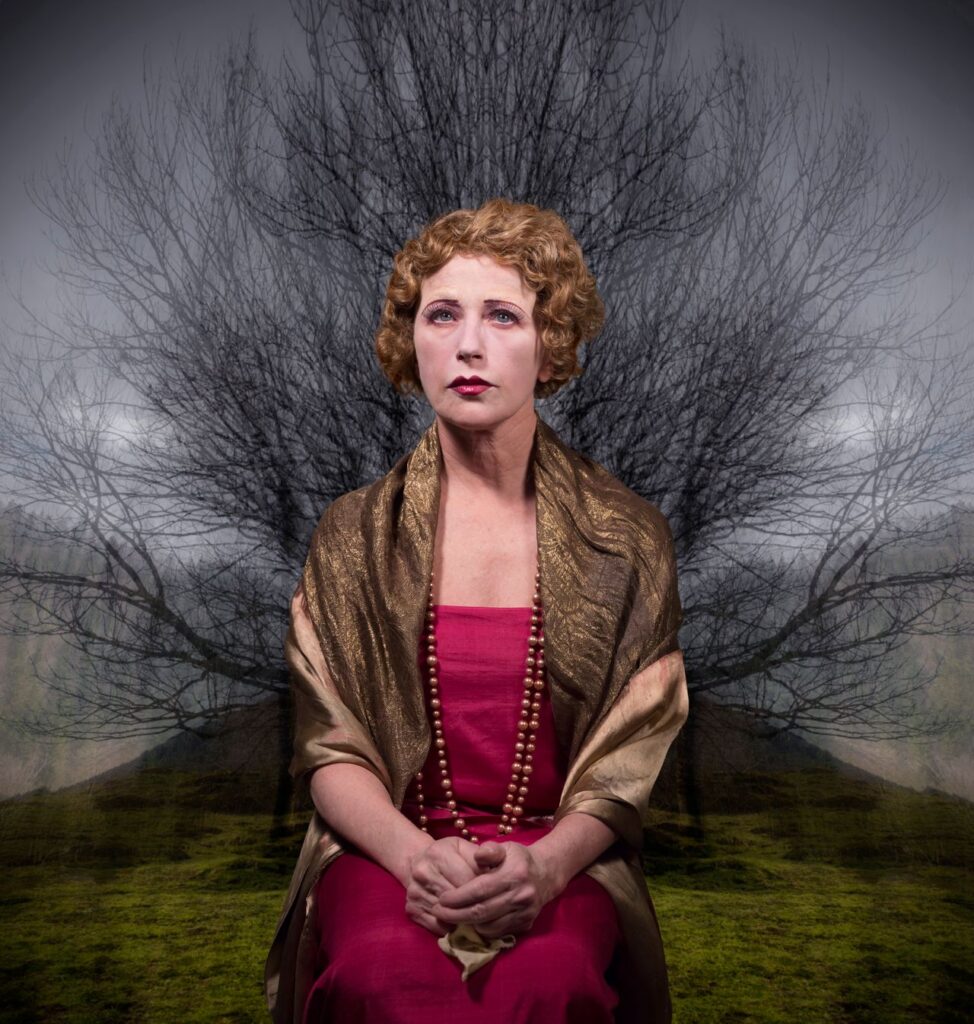
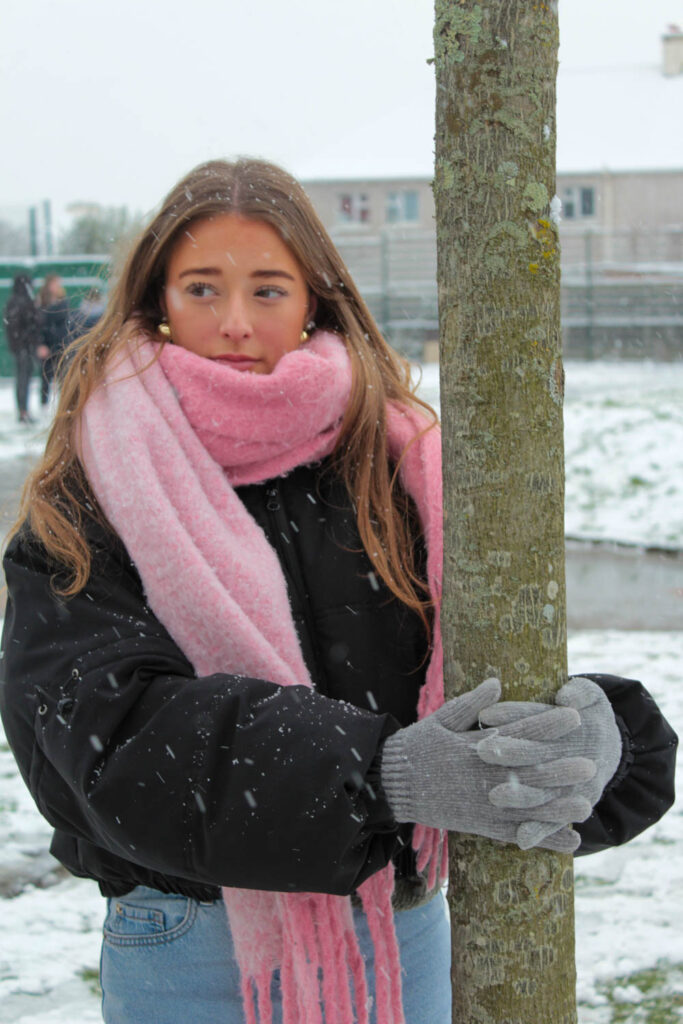
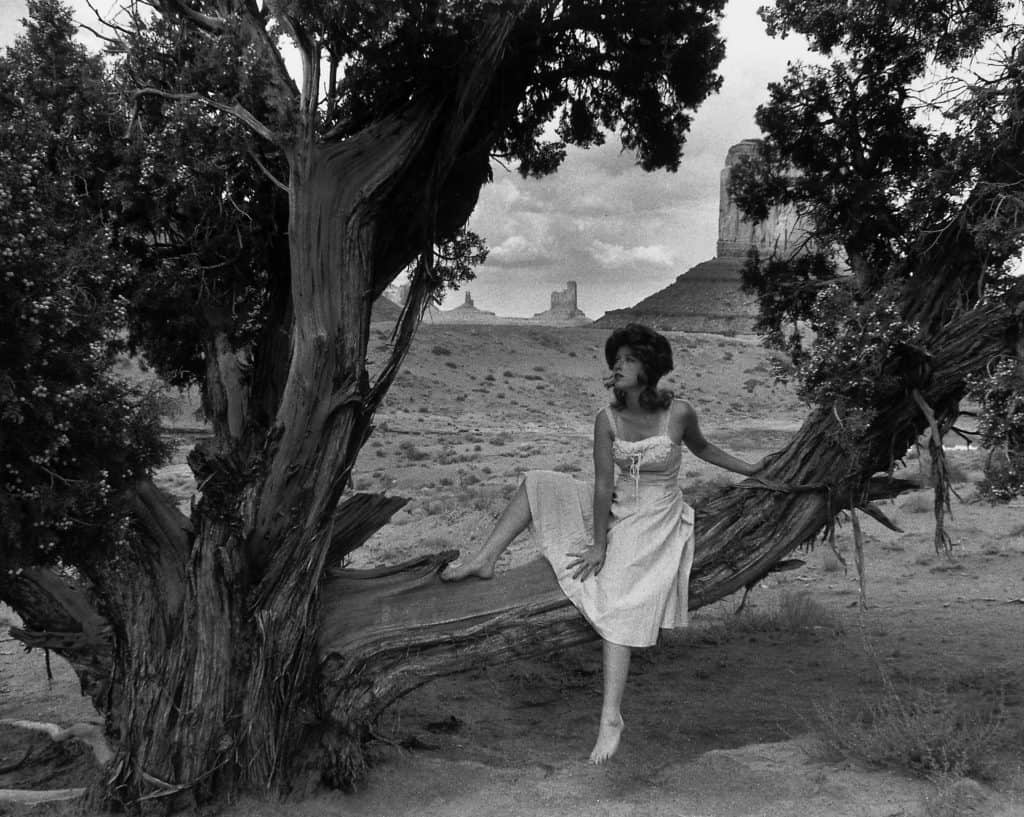
Cindy Sherman used nature (trees), to present femininity, so I took influence from her and her photographs and did the same thing. I had my model stand at the tree and hold onto it and Sherman sat on a tree and stood in front of it. Then, I experimented with other elements of nature (flowers) to present femininity.

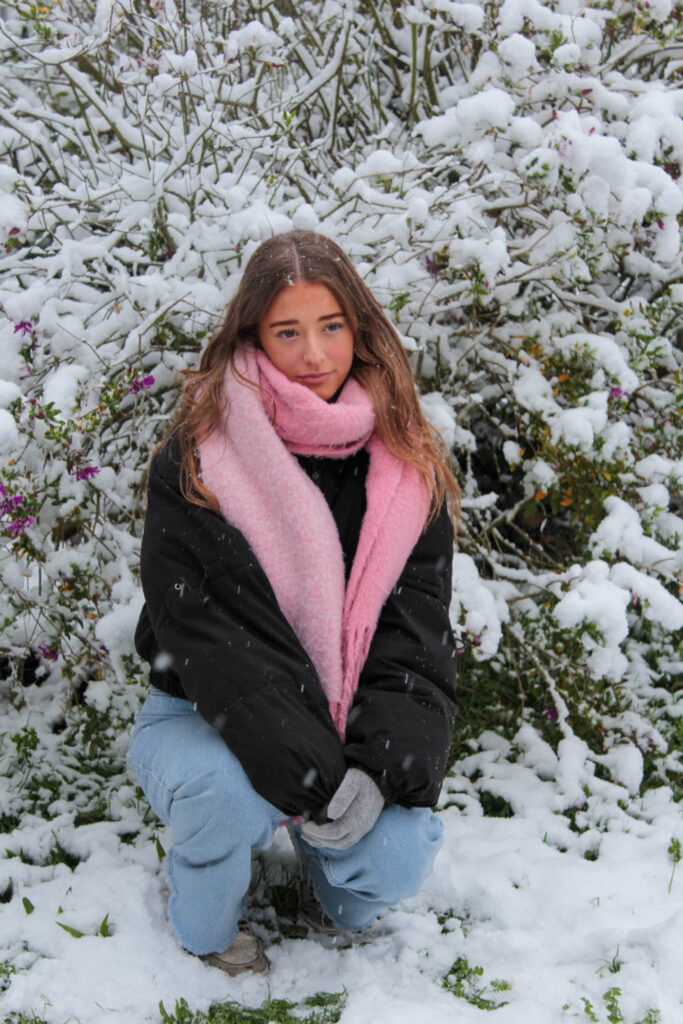
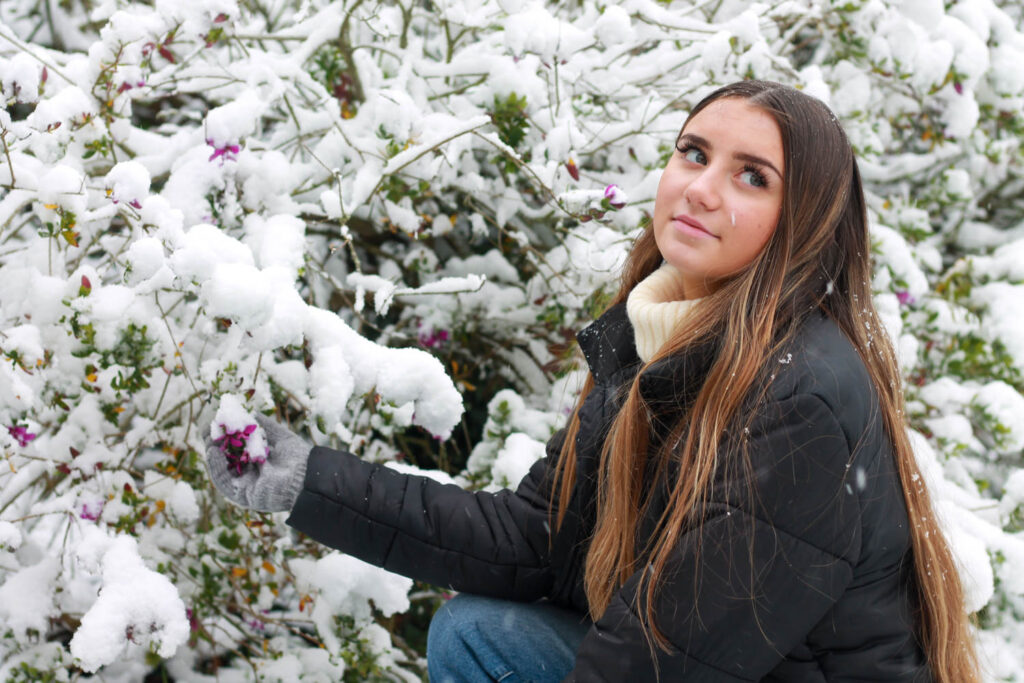
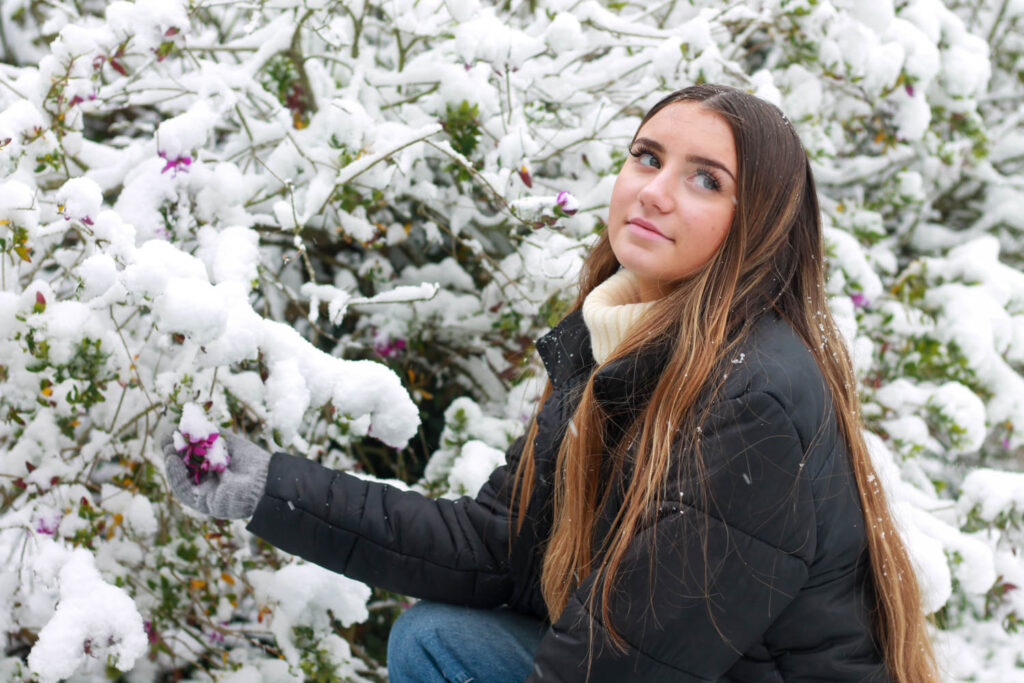
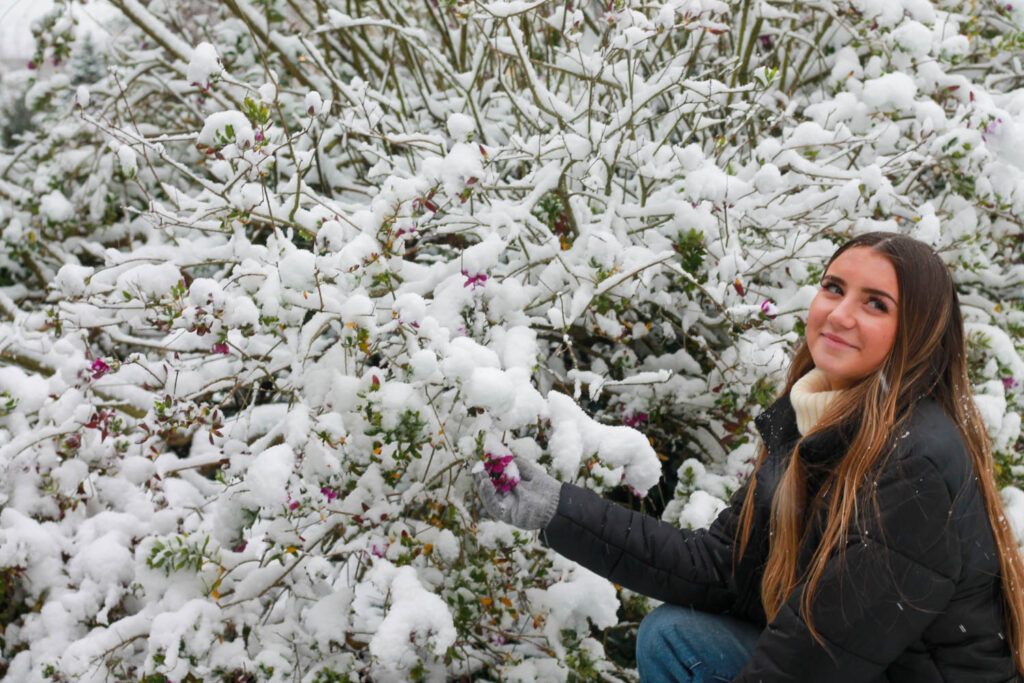

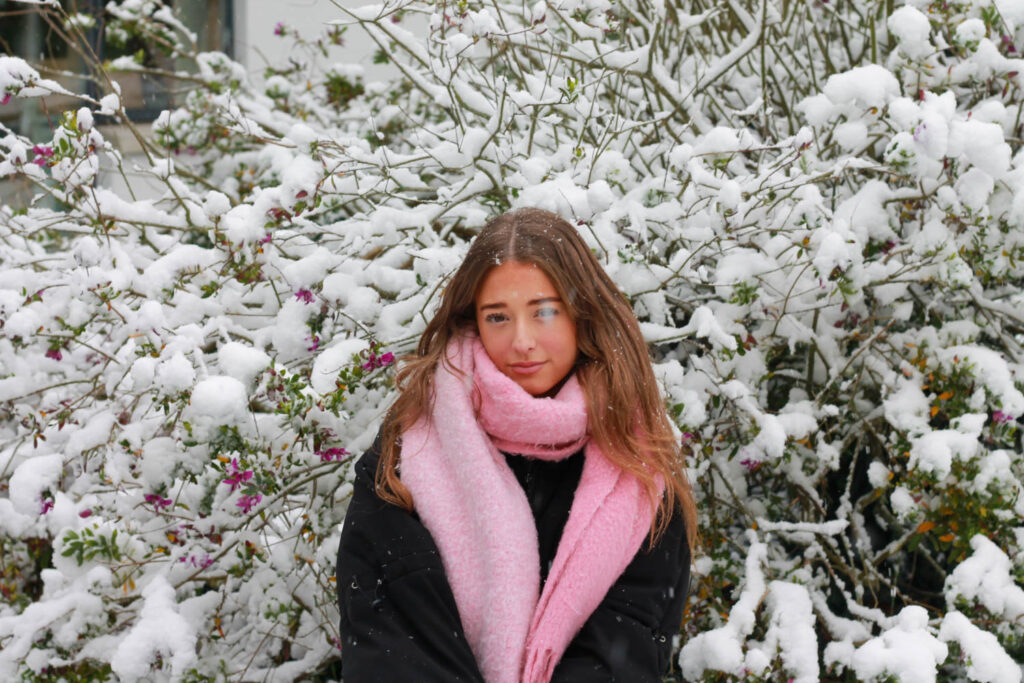
Sherman also experimented with mirrors, when portraying femininity, so I took influence and decided to do the same.
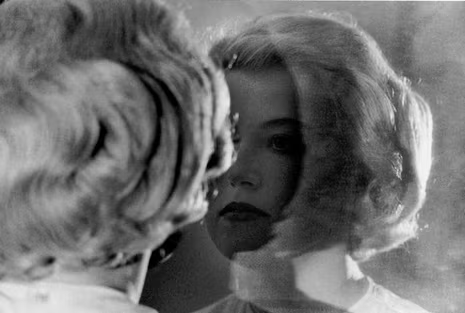

In Sherman’s photo her model looks upset, so I recreated it with an image of my model looking in the mirror upset. However, I also think she looks insecure and that is why she has so much make up on. This presents two stereotypes of females, which is that they should wear makeup and that they are insecure. I decided to experiment with these two stereotypes using mirrors, just as Sherman has done.
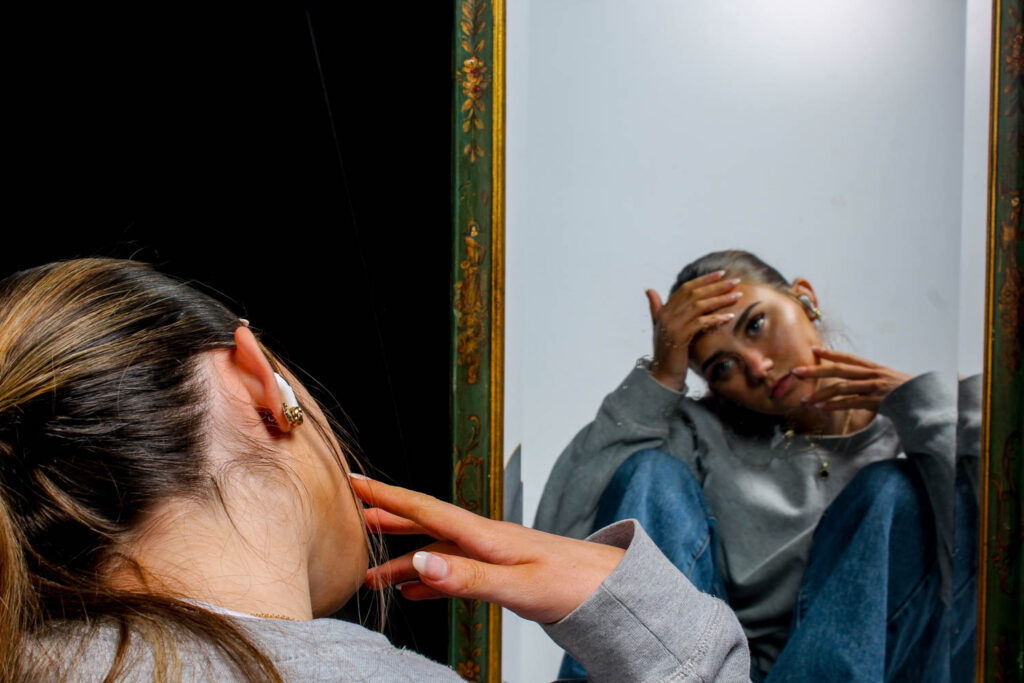

These two images show my models looking insecure, just like Sherman’s photo does. I also experimented with my model looking in the mirror while applying makeup, because her model had lots of makeup on.
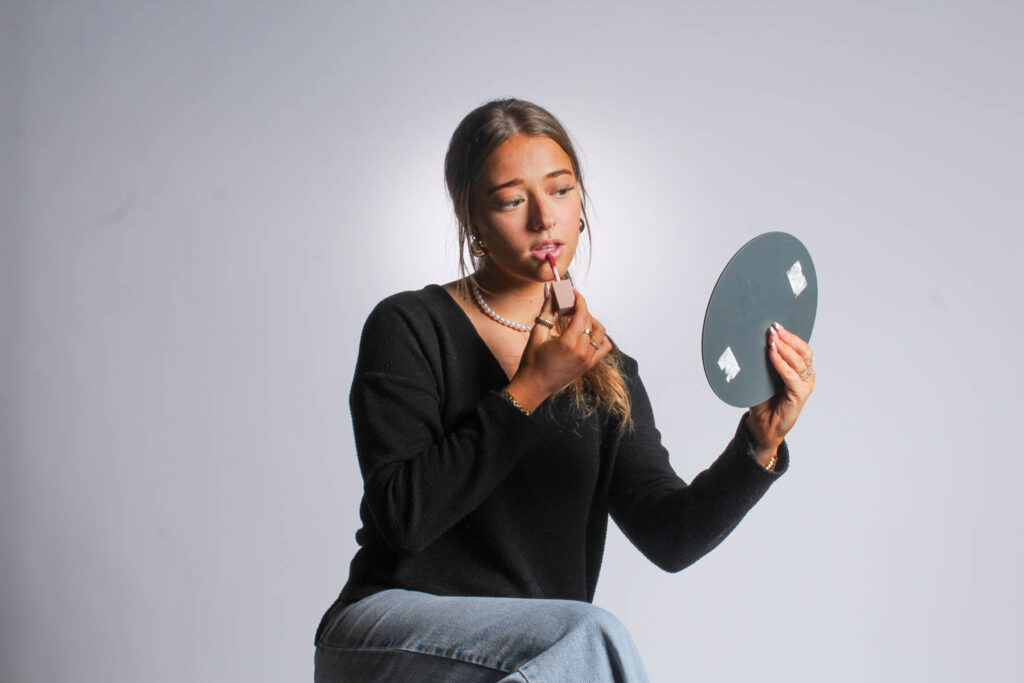
Cahun and Sherman
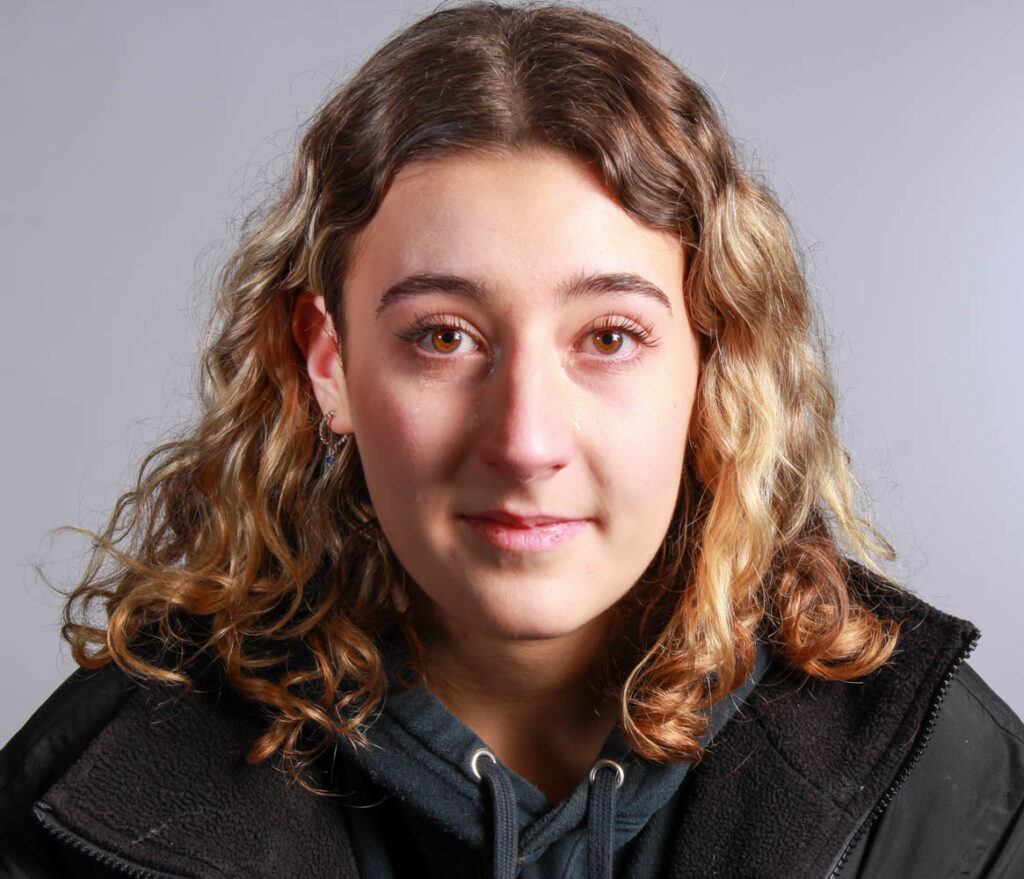
In this photo I experimented with ‘selfies’, because both Claude Cahun and Cindy Sherman took photos of themselves.
Conclusion
in conclusion, I think I’ve recreated or taken inspiration from these photos and it has come out well and presented the same idea. I also like how I haven’t directly copied my chosen artists, but I have taken ideas from them, but executed it in my own way.
